BU had its own live-action reenactment of the 1941 classic children’s book Make Way for Ducklings earlier this month when a mother duck and her eight ducklings were stranded far away from where they needed to be.
The saga started on the afternoon of July 3 as some BU staffers from Government & Community Affairs walked back to their office from lunch in Kenmore Square. Along the way, they spied a mother mallard and her brood in the yard between 115 and 117 Bay State Road. The ducks seemed to be in distress.
“We noticed that the mother duck was a long way from the river, and she was trying to get the ducks to follow some sort of instruction,” says Elizabeth Leary, director of government and community affairs. “It would be hard for the tiny ducklings to make their way there because they couldn’t fly and would have to use the Silber Way footbridge to get over Storrow Drive.”
Leary quickly called the Animal Rescue League of Boston, whose Twitter feed posts pictures of animal rescues, and senior league technician Bill Tanguay arrived on the scene within 20 minutes.
“The most important part of any rescue is keeping the mother duck calm,” says Tanguay. “If she flies away, you’re left with orphan ducklings.”
Tanguay says most duck rescues involve birds with fishing lines tangled around their legs, ducklings that have fallen down storm drains, or nests that are perched so high on a roof deck that the ducklings can’t get down.
In this instance, the Animal Rescue League technician was able to guide the family toward the river simply by walking behind them, net in hand in case of a runaway mallard. Leary’s role in the 45-minute rescue was making sure bikers and runners stayed out of the way.
In the end, the mother duck managed to lead all eight ducklings across the bridge, even as traffic sped below on Storrow Drive. The family then plopped into the Charles, for what Tanguay thinks was their first swim.
We like to think that Mr. Mallard finally joined up with them after the ordeal.


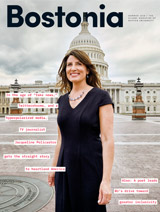
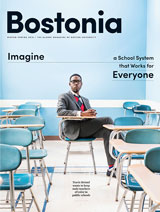
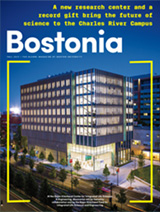
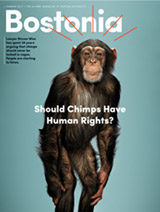

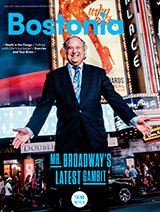
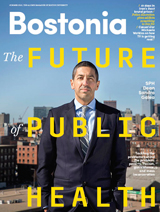
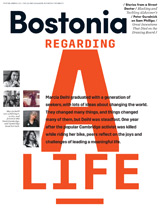
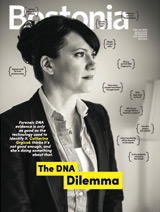
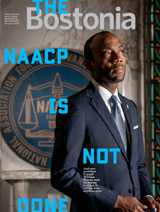
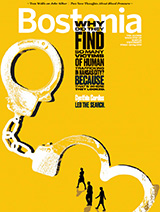
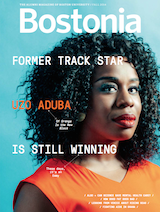


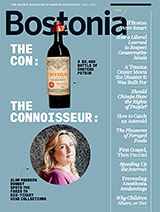
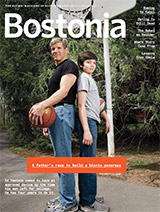
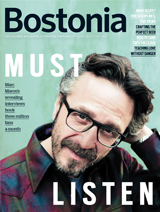
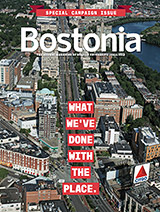
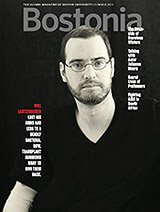
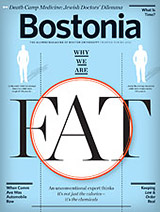
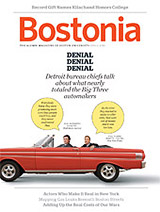
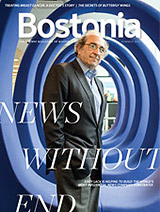


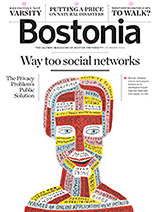
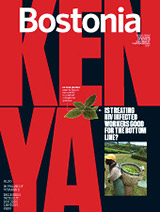
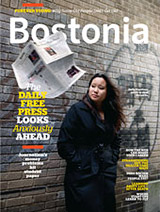
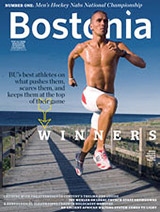
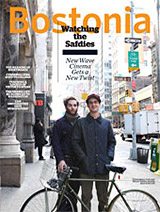

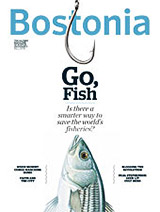
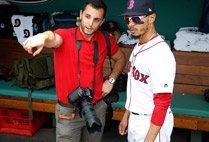

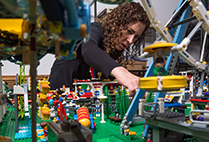

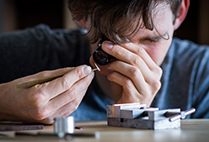
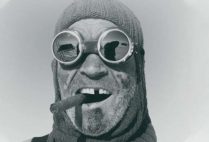
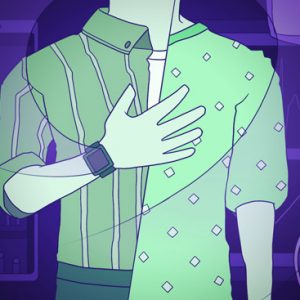

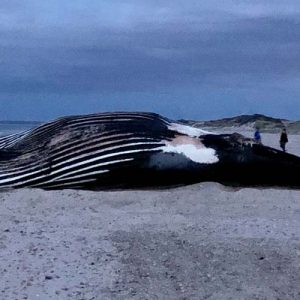
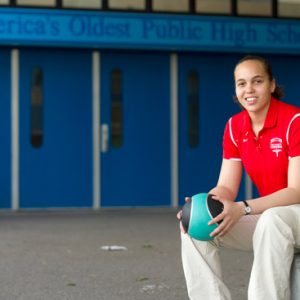
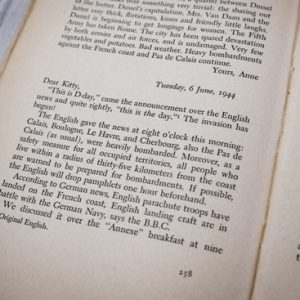




There is always something so charming about watching a mother duck lead her babies to the water that will be their home. It is also such delight to watch humans who care protect them as they find their way to their watery home. We hear and read so much about animal abuse and declining species that seeing those who care take action to save animals trapped in the environments we humans produce is a joy.
Gail Kredenser Mack
Boston University’s SPRC
’58